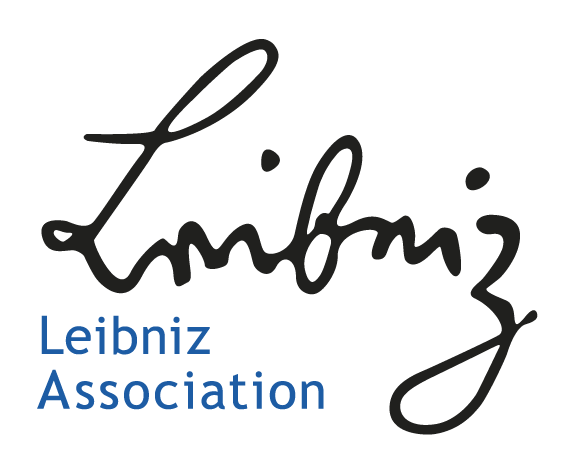Contents
Page 1
Global economyPage 2
German economyPage 3
Economic policy All on one pageThe German economy has cooled noticeably since mid-2018. With economic output stagnating in the second half of the year, the long-term upswing has apparently come to an end. This weaker momentum was triggered both by the international environment and by industry-specific events. The global economic environment has deteriorated, due in part to political risks, and this is adversely affecting German exports. However, the main factors exacerbating the slowdown in the second half of 2018 were problems in the automotive industry and the low water level of the Rhine. Still, a slower rate of expansion had already become apparent due to production bottlenecks; the proportion of companies reporting production obstacles due to supply bottlenecks and a shortage of skilled workers had reached historic highs by the middle of last year.
Germany’s economy is currently going through a cooling-off phase in which capacity shortages in the economy as a whole are declining. In the autumn 2018 report, the institutes had already pointed out that the upswing was losing momentum due to the harsher global economic climate; however, both the extent of domestic obstacles to production and the cooling of the global economy were underestimated. Overall, there has been a significant downward revision of forecasts – the institutes now expect economic growth of only 0.8% for 2019, more than one percentage point less than in autumn 2018. However, so far the institutes consider the danger of a pronounced recession with negative rates of change to GDP over several quarters to be low, at least as long as the political risks do not intensify further. The 68% prediction interval for 2019 ranges from 0.1–1.5%.
In 2019, the economy will probably stabilise, but without returning to the high momentum of previous years. The production problems caused by the low water level in the Rhine have been resolved, and the automotive industry should soon overcome its difficulties in switching over to the WLTP standard. This in itself would argue for a strong increase in production in the manufacturing sector. However, recovery in vehicle production has so far been sluggish. One factor here was that manufacturers and dealers apparently built up large stocks, thus delaying the production response to the return of higher sales figures. In addition, the industrial economy as a whole has weakened noticeably, especially since sales opportunities on foreign markets have been drying up. This is reflected in subdued order intake and a significant deterioration in the manufacturing sector’s business expectations. The institutes expect production here to recover only slightly after a further decline in the first quarter of 2019. Expansion in the construction industry is likely to continue to be limited by capacity bottlenecks. Consumer-related services are supporting the economy as they benefit from the significant rise in disposable income. All in all, GDP growth in the first quarter is likely to remain modest at 0.2%. As for the rest of the year, the pace of expansion is likely to pick up somewhat, with industrial production tending upwards again.
Low GDP growth in 2019 is due to the weak momentum at the turn of the year. However, the economic outlook is not as bleak as this rate might suggest. The institutes estimate the average annualised quarterly growth rate, which reflects the change in GDP over the four quarters of 2019, to be 1.4% and thus close to the potential growth rate of the German economy. The institutes are holding firm to their GDP forecast for 2020. Of the expected 1.8% increase, 0.4 percentage points are due to the higher number of working days available in 2020 than in 2019.
Employment growth is expected to lose momentum. Although the first quarter of 2019 should see another strong surge in the number of jobs, after that the pace is likely to slow considerably. Labour shortages continue to plague many sectors of the economy; elsewhere, especially in manufacturing, the economic slowdown will have an impact on employment. The institutes expect 430,000 more people to find employment in 2019 and another 265,000 to do so in 2020, following the increase of 570,000 in 2018. The unemployment rate will drop from 5.2% last year to 4.8% (2019) and 4.6% (2020). In light of the persistent labour market tensions in many areas, effective hourly earnings are likely to continue their climb, rising 2.8% this year and 2.4% next year, despite weak productivity growth.
Disposable income of private households will keep rising over the forecast period at a rate comparable to that of the past two years. Although the rise in gross wages is weakening in view of the slowing employment momentum, the return to parity financing of health insurance contributions as well as tax relief in the current year will result in net wages rising by 4.6% – about the same rate as in the previous year. Only next year will growth be noticeably lower at 3.4%, despite further relief. Monetary social benefits will increase sharply in the current year by 4.5% (after 2.6% in 2018), mainly as a result of higher pension payments. Here, too, growth will weaken somewhat next year. In contrast, corporate and investment income should pick up significantly next year following a decline this year. Overall, disposable income of private households will see a strong increase, rising by 3.1% and 3.3% in 2019 and 2020, respectively. The increase in consumer prices will be moderate at 1.5% in 2019 and 1.8% in 2020. Overall, private households will still see a purchasing power increase of 1.5% (2019) and 1.6% (2020). With the savings rate virtually unchanged, private consumer spending is expected to grow strongly over the course of the forecast period and thus make a noticeable contribution to overall economic expansion.
Although capital investment will expand less dynamically than recently, the institutes do not expect a slump in investment activity, as observed in most previous downturns. One reason for this is that investment activity expanded only moderately in the previous upswing, so the surges in capacity expansion typical of boom phases were probably less pronounced this time. Residential construction continues to be a pillar of construction investment, partly because financing costs remain low. Ample order backlogs and robust price development indicate that the expansion of construction activity is being limited above all by capacity bottlenecks in the construction industry.





